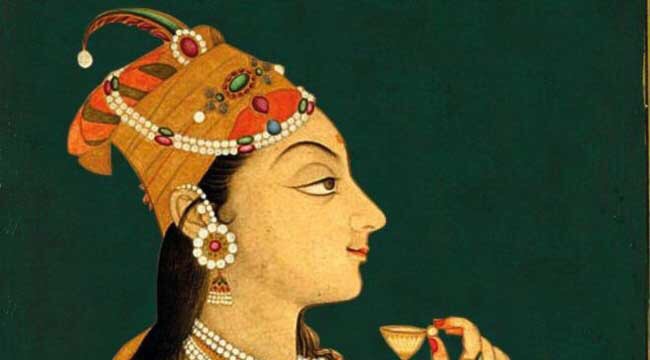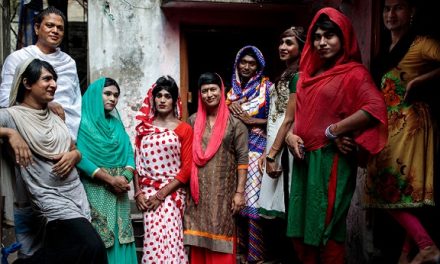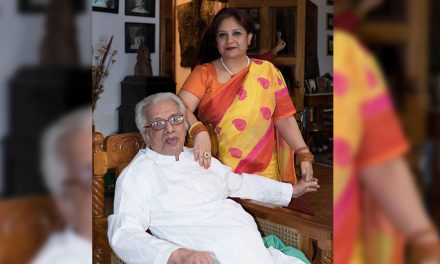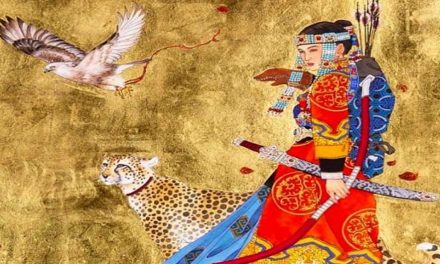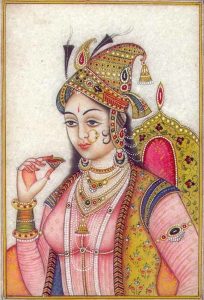
Nur Jahan Image Source: Google
In the current world, women empowerment has led to the recognition of many female high achievers. Women these days are in no way behind their male counterparts, and these capabilities of women are now brought to light more than even a decade or two ago. Their performance was always present in every era but their accomplishments were never highlighted as their own. They were rather over-shadowed by the activities of their spouse, brother, son or father. They failed to receive the credit they deserved, in most cases, which was primarily due to societal norms or views. One such eclipsed gem from the Mughal era is Mehr-un-Nisa, or Nur Jahan, as known in history.
Nur Jahan, recognized as the beloved wife of the Mughal Emperor Jahangir, was one of the most powerful female rulers of the 17th century. Her competence is mainly acknowledged because she was a Mughal Empress but her extraordinary qualities often get neglected and shrouded by her husband’s title. Not many people know of her origin, background or the obstacles she had to face throughout her life. She was not like any other ruler of that time, rather, she was the only female monarch in a male dominated empire. Mehr-un-Nisa was the perfect combination of a sophisticated, creative, simple-minded, yet witty, energetic and tough sovereign.
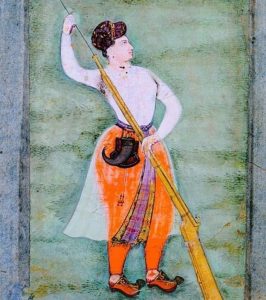
Image Source: Google
Mehr-un-Nisa was born in Kandahar to indigent Persian parents fleeing Tehran in search for better opportunities in the Mughal empire, who grew up to be a graceful and adept young lady. By the age of 16, she was married to Ali Quli Istajlu, who was also a Persian refugee. She was widowed soon after when her husband, who was transferred to Burdwan, in Bengal, by Jahangir, was killed in a fracas with Qutbuddin Khan, the Governor of Bengal. Later, she was brought to Agra along with her daughter Ladlii, and was made an attendant to Salima Sultana Begum, Akbar’s wife, and Jahangir’s stepmother. Mehr-un-Nisa stayed in the harem for four years and over the course of that time her skills and creativity made her stand out of the crowd. Her finesse in embroidery and stitching helped her to become a very popular designer for the Mughal ladies. Even though she herself always dressed simply, mainly in whites, she designed clothing items for the ladies of the harem with brightly coloured brocades, tissues and silks, which often set fashion trends there. The invention of the Dudámí(flowered muslin) for peshwáz (gowns open in the front), panchtoliah for oṛhnís (a new design for veils), bádlah (embroidery with metal strips), kinárí (lace), and farsh-i-chandaní (white cloth for floor covering) are credited to her. Besides clothes, she was also credited for designing gold ornaments with elegant patterns. In 1611, Jahangir fell in love with her when he met her at Meena Bazar – a new year fair started by Akbar in which the emperor was the only male present while noblewomen, princesses and other female members of the royal harem exhibited brocades, exquisite silks, fine muslins, bejeweled turbans and the like. He proposed immediately and got married later that year. Mehr-un-Nisa, being Jahangir’s 18th and last wife, was given the title of Nur Mahal or Light of the Palace and later Nur Jahan or Light of the World, by Jahangir. She was also given the title of Badshah Begum. Her contributions in the harem exceptionally feature her creative aspects.
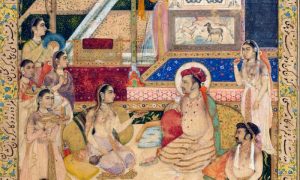
Image Source: Google
Nur Jahan, like all Mughal ladies, was highly accomplished and studied art, literature, philosophy, and religious studies with learned tutors and was a brilliant conversationalist too. her poetic side was greatly highlighted in the Persian poems she composed under the pen name Makhfi, or, the concealed one. Using a pseudonym was a common phenomenon back in the day for female writers in the Mughal court, including Salima Sultana Begum and Aurangzeb’s daughter Zebunnisá Begum.
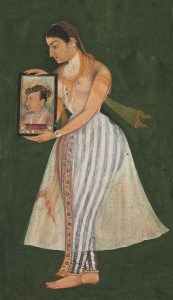
Image Source: Google
Mughal women were often trained in basic warfare and knew how to use swords or hunt, and Nur Jahan, again, was no exception. In fact, she excelled in this sector and often accompanied Jahangir during tiger hunts. There was this one occasion where, as the emperor describes in his memoirs, Tuzuk-e-Jahangiri, Nur Jahan killed four tigers with six shots. She shot two tigers with one shot each and knocked over the two others with four shots. This was one of those examples of Nur Jahan proving to the empire that she was an extremely brave and capable soul. Unlike any other wife of Jahangir, Nur Jahan escorted him to most places. She assisted her husband in his pursuit of art and painting, since she had a keen eye and refined taste of culture. She is also given credit for distilling and popularising the use of attar, essence of roses, which was originally discovered by her mother Asmat Begum. She was a great patron of architecture too, and built many beautiful palaces, gardens and mosques, including the Pathhar Masjid mosque at Srinagar. The Indo-Persian architecture of the glorious Taj Mahal in Agra was inspired by her design of the tomb she built for her father Mirza Ghias Beg.
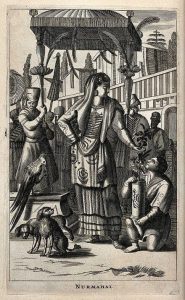
Image Source: Google
Nur Jahan was extremely generous and took care of orphans, especially girls, and is estimated to have arranged the marriages of, or provided for, five hundred such girls.
Despite all her contributions and hard work, many historians have painted her as an ambitious, scheming temptress who took advantage of Jahangir’s love for wine and opium to take over the reins of the empire. One of the main reasons for this assumption was the impact Nur Jahan had on Jahangir and the way she shielded Jahangir from countless impediments. In an anti-feminist dominance, Nur Jahan’s opinions playing an important role in almost all decisions was a taboo for society; they were not familiar with a woman influencing massively. She possessed all the privileges of a ruler, except for Khutba( a prayer for the reigning monarch). However, she did not forcefully obtain this power. When Jahangir fell sick, which was often, he gave Nur Jahan the permission to take over the government responsibilities while she monitored his health too.
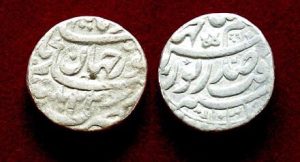
Image Source: Google
Nur Jahan was the only Mughal Empress in whose name gold coins were struck, with the other side bearing her husband’s. She would even appear with Jahangir for “Jharokha Darshan”, a tradition that Akbar started in which the emperor would show himself at the window after dawn prayers every day to give the common people an audience. No other woman of that empire received the privilege of being a co-sovereign other than Nur Jahan and she proved to everyone that she deserved this respect. She even saved her husband from Mahabat Khan’s clutches in Kabul.When she failed to release him after the battle against Mahabat Khan the first time, she strategically moved forward to find the enemy’s weakness. It took six months for her game plan to succeed, but she did rescue her husband from the scheming antagonist. Nur Jahan’s sharp intellect, cool head and courage led her to her greatest victory, the defeat of Mahabat Khan. Nur Jahan’s triumph was short-lived as Jahangir died soon after in Lahore. After his death, she descended the throne too once Shah Jahan took over.
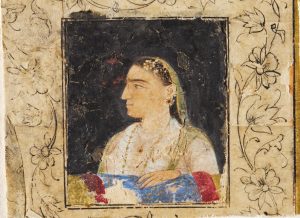
Image Source: Google
All that Nur Jahan endured throughout the 72 years of her life is anonymous to many. She was never pompous or greedy and did not misuse her power or strength, which is why her role remains unknown. If we look into the life of Nur Jahan from a close perspective, the true beauty of her character in the Mughal Empire will bloom for the common eye. Her contributions, achievements and struggles confirm that she was an outstanding female protagonist who deserves to be celebrated as an idol on International Women’s Day.

